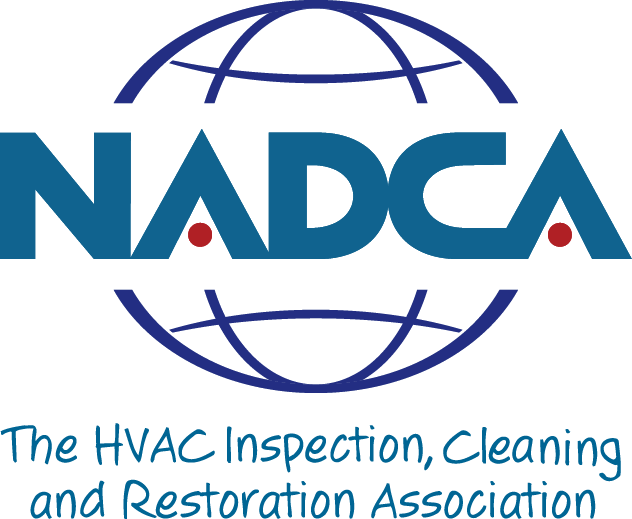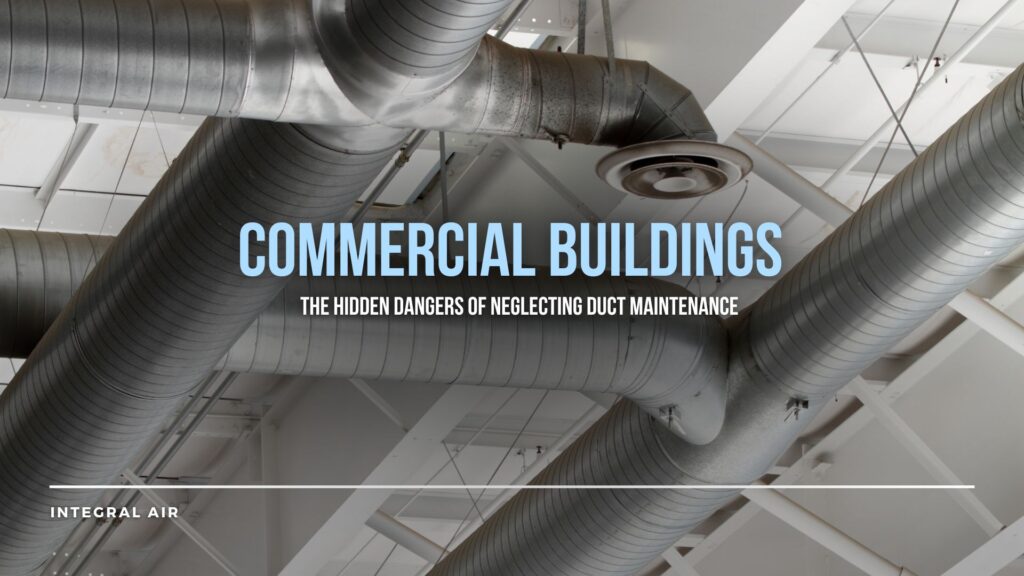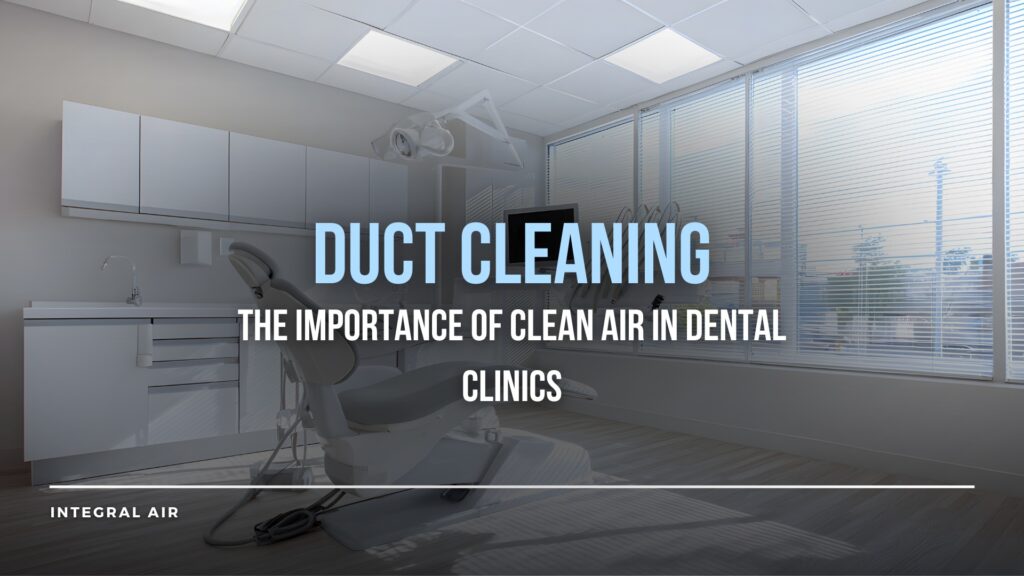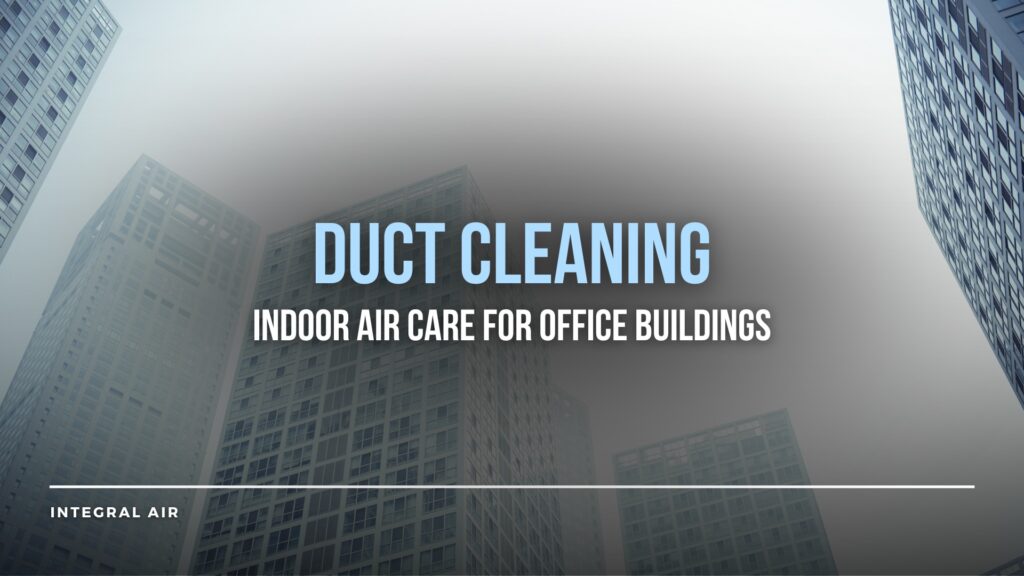When it comes to running a successful business, building health might not be the first thing you think about. However, the condition of your HVAC system—and specifically your air ducts—can have a major impact on your workplace. From energy efficiency to indoor air pollution, commercial duct maintenance is essential to the long-term performance and comfort of any commercial space.
Neglecting your ducts can lead to a wide range of problems, including higher utility bills, potential health risks, and costly repairs. In this blog, we’ll explore the dangers of skipping regular inspections and the benefits of keeping your commercial ductwork properly maintained.
Why Duct Maintenance Matters
Commercial buildings rely on air conditioning systems and heating to keep the space comfortable for employees, customers, and tenants. These systems work around the clock, moving air indoors and outdoors to regulate temperature and humidity.
Over time, ducts accumulate dust, debris, mould spores, and other contaminants. Without proper maintenance, this buildup can lead to poor indoor air quality, system inefficiencies, and even health concerns for building occupants.
Keeping your ducts clean and in good shape is not just about comfort—it’s about meeting health standards, reducing wear and tear on expensive equipment, and making your building more energy efficient.
HVAC Neglect Risks in Commercial Buildings
Neglecting HVAC maintenance can create serious risks:
- Poor system performance: Dirty ducts and clogged filters force your HVAC system to work harder, leading to strain on components.
- Health issues: Bacteria, mould, and allergens spread through the air, increasing the chance of respiratory problems and sick building syndrome.
- High energy costs: A system that isn’t running efficiently will drive up your utility bills.
- Unexpected breakdowns: Without regular inspections, small issues can grow into expensive repairs.
- Regulatory non-compliance: Some industries require HVAC systems to meet air quality or cleanliness standards.
These risks make a strong case for regular commercial duct maintenance as part of your building’s care plan.
The Link Between Ducts and Indoor Air Pollution
Indoor air pollution is a growing concern in many workplaces. In fact, studies show that indoor air can contain higher levels of pollutants than outdoor air. This includes dust, mould, chemical fumes, and even pests that get trapped in duct systems.
If ducts are poorly maintained, these pollutants get circulated throughout the building every time the HVAC system turns on. Over time, this can lead to health problems for those working in or visiting the building.
Improving indoor air quality through duct cleaning services and filter replacement is a simple but powerful step in protecting building health.
Maintenance Importance for Long-Term Efficiency
Like any major system, HVAC equipment needs consistent care. Routine commercial duct maintenance helps you identify potential problems early, which reduces the chance of major system failures.
It also keeps the entire HVAC system running efficiently. Clean ducts and filters allow air to move freely, which reduces energy consumption and helps maintain a comfortable temperature throughout the building.
A properly maintained system will last longer, cost less to operate, and provide more consistent performance year-round.

Common Signs of Poor Duct Maintenance
If you’re unsure whether your commercial building is overdue for duct cleaning or inspection, look for these signs:
- Complaints of bad smells or stuffy air from staff or customers
- Excessive dust on vents or office surfaces
- Higher than normal utility bills
- Uneven temperatures in different areas of the building
- An increase in allergy or asthma symptoms among occupants
These issues can signal that it’s time to have your ducts cleaned and your HVAC system assessed.
Best Practices for Commercial Duct Maintenance
To avoid problems caused by poorly maintained duct systems, follow these best practices:
- Schedule regular inspections: Work with an HVAC professional to inspect ducts, filters, and system components at least once a year.
- Replace air filters regularly: This helps prevent blockages and keeps air clean.
- Clean the ducts when needed: Industry standards suggest cleaning every 3 to 5 years, or more often depending on your building use.
- Invest in energy-efficient systems: Modern HVAC systems are designed to use less energy and improve indoor air quality.
- Train staff to report HVAC issues: Encourage employees to report strange smells, noise, or temperature changes.
By making HVAC maintenance part of your long-term building plan, you can reduce risks, improve comfort, and lower costs.
FAQ: Commercial Duct Maintenance
How often should I clean my commercial ducts?
Most commercial properties should clean their ducts every 3 to 5 years. Buildings with high foot traffic, construction dust, or health-sensitive populations may need more frequent service.
Does duct cleaning improve energy efficiency?
Yes. Clean ducts reduce resistance in airflow, which helps HVAC systems use less energy and operate more effectively.
Can dirty ducts cause health problems?
Yes. Poor indoor air quality linked to dirty ducts can trigger allergies, asthma, and other respiratory issues, especially in sensitive individuals.
Is duct maintenance worth the cost?
Absolutely. Regular maintenance can prevent expensive repairs, reduce utility bills, and extend the life of your HVAC system.
What should be included in a duct maintenance service?
A full service includes inspection, cleaning, and possibly sanitizing of ducts. It may also include filter replacement and airflow testing.
The importance of duct maintenance
The importance of commercial duct maintenance can’t be overstated. It supports building health, reduces HVAC neglect risks, and helps prevent indoor air pollution. For businesses that care about safety, comfort, and energy costs, staying on top of duct maintenance is a smart investment.
With regular inspections, proper care, and help from qualified HVAC professionals, you can keep your air conditioning systems and ductwork in excellent shape—ensuring a healthier, more efficient building for years to come.








